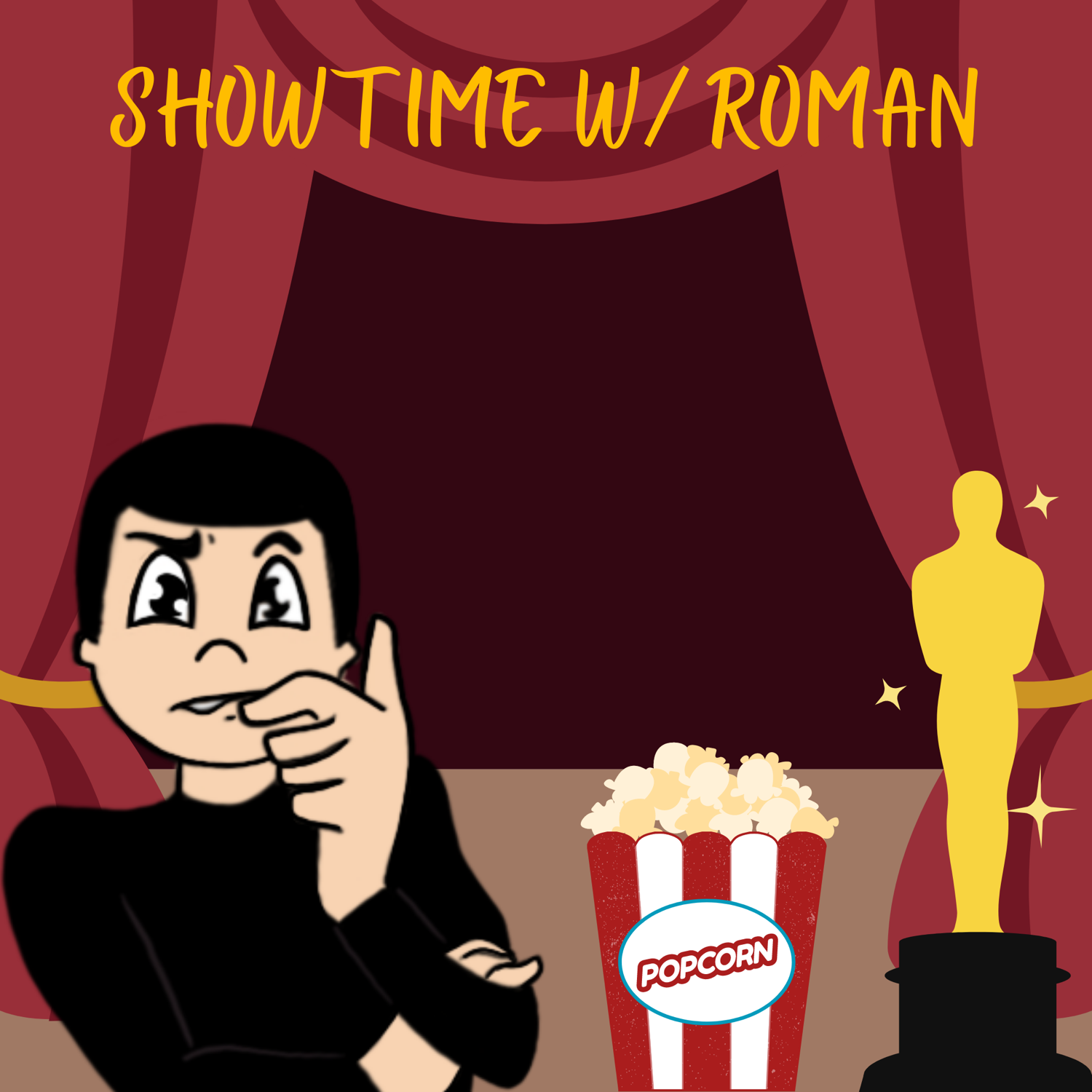Review: Godzilla vs Kong
- Roman Arbisi

- Apr 3, 2021
- 4 min read
A wide-eyed visual feast that merges two distinct eras of film-making for two humongous, multi-cultural icons... for better or worse.

Roaring, stomping, and beating its chest into theaters and HBO Max this week, is Godzilla vs Kong. A Hollywood showdown for the ages as vaccines get distributed, social gatherings become more common, and audiences become dwarfed by the scale of this movie. Directed by Adam Wingard, the neon obsessed master behind 2014’s The Guest, he takes all of his sense and sensibilities and applies it here. His vehement obsession with neon laced images brings a new look to Kong and Godzilla to heighten their historic iconography. The story they’re a part of could use less studio notes and six more drafts, but the execution of what was sold overwhelms some crippling gripes.
The point of reference I have for Godzilla vs Kong besides my experience with the Showa era, is another monster mash movie, Rampage. That movie has a lot of shared problems with this one, but the reason why Godzilla vs Kong is stronger in comparison, is because it understands the significance of scale. Scale through extremely defined, rich, and textured visual effects that lends itself greatly to how Wingard frames these titans. Where something like Rampage becomes a muddled pool of visual effects lumbering into one another, GVK has rich composition with true definition to it’s images. There is a resounding sense of visual clarity to everything that is happening, that it nearly makes up for the lack of storytelling clarity. For as much as this movie delivers on it’s punches, and overwhelms with action, the screenwriting is virtually unforgivable.
In terms of structure, pace, characters, story, and plot, Godzilla vs Kong is really bad. There is an air of self-importance to much of the film’s earliest moments establishing conflict through soft spoken plot jargon. Every actor seems to barely be trying, but that’s probably because they were satisfied with a single take. Outside of Kaylee Hottle’s performance as Jia, the human connection to Kong, it’s hard to qualify any of these performances as actual acting. Every ounce of dialogue is overbearing in how it tries to make sense of anything that’s happening. If it isn’t that, it is severely unfunny dialogue that bridges avalanches of exposition. All of it is tremendously important but it never sounds like it is because the actors can’t make it sound convincing. It isn’t playful, nor is it earnest, which is bizarre because it’s set pieces definitely are.

When discussing this movie, there are only two major elements that’ll decide how you respond to it. It’s the human characters and the kaiju, and if one of those works for you then the other probably won’t. One angle will be so overwhelming for better or worse, and that’ll push you to feeling positive or negative about it. For most people, they’re going in looking for a heavyweight bout that’ll bring to life a fight between beloved, multi-cultural icons, and it definitely delivers. For some others, they would also like storytelling support to give the visual effects feast more meaning. As more blockbusters continue to roll out, I believe that it’s important to want better movies, but I also believe that there is an inevitability to them that could be shrugged off. If we are socially conscious of the likelihood that a movie will be rough in specific departments, should we indulge a little bit and play along? I don’t have those answers, but it’s a thought worth mulling over as we return to the movie-going experience.
Most dialogue in movies with over-inflated budgets is bad. It’s been an issue for years, and GVK isn’t the first one to have cardboard characters, wooden delivery, meaningless plot jargon, and more, but GVK comes as advertised. Humongous fights, shot composition laced with neon lights vibrating off the ear-piercing roars, and that is all it really wants to be. When we look at the history of Godzilla (less so Kong), namely the Show Era, beyond the first film in 1954, they continued to get sillier. The difference between those entries and this one, is that they never strut with any semblance of self-importance. They are aware of it’s wacky concepts and infrastructure, that Godzilla dancing or flying isn’t close to being the weirdest thing in the movie. Although the dialogue and it’s slight attempts on delivering meaningful emotion early, Godzilla vs Kong is the first American ‘Zilla film reminiscent of the Showa Era. For better or worse.
At the end of the day, Godzilla vs Kong is a lean, wildly bombastic, deeply embedded with sci-fi lore blockbuster that delivers on its promises. The routes that Wingard tries to maneuver in a script worthy of belonging in the trash has astonishing merit in light of that. There isn’t a time when Godzilla vs Kong isn’t absolutely bonkers, and my goodness, it goes places movies simply shouldn’t, but it elevates some of that wacky charm to it. In a history riddled with weird dinosaur interpretations, deftly serious tones without bountiful meaning, and outright silly stories, Godzilla vs Kong is a delightful, happy median between two vastly different eras of film. It may not contain any notable subtext worthy of dissecting and applying to the context outside of the film, but it’s simply having way too much in the sandbox to really care. There are far worse movies out there trying to do way too much that are borderline offensive. If this is the end of Legendary’s rights with the characters; why not go all out and be completely bananas? They did, and seeing it on a big screen was a gigantic reminder of why we yearn for that experience to begin with.





Comments